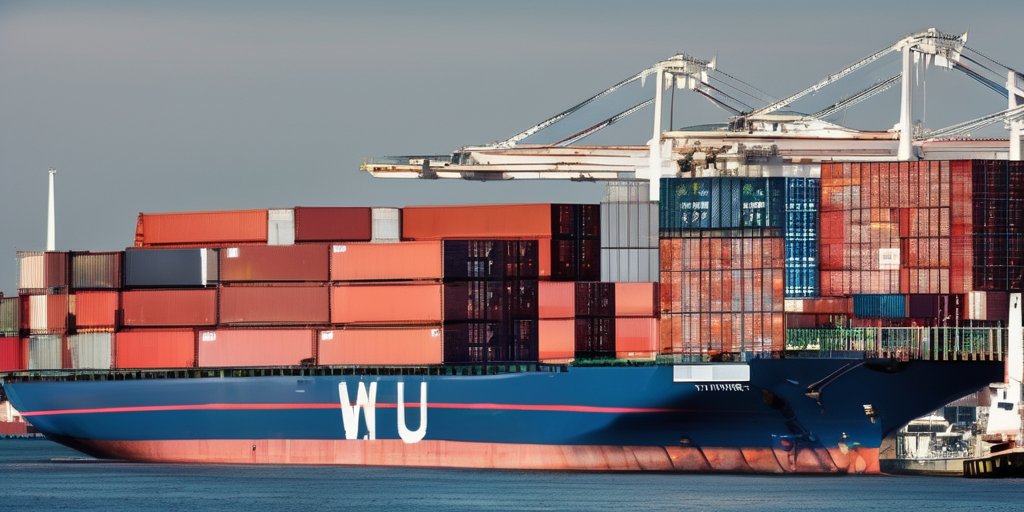In January, soon after Donald Trump resumed his role in the White House, he reignited economic discussions by implementing a series of aggressive tariffs. These measures began with Mexico, Canada, and China and saw their escalation to include steel, aluminum, and automotive imports. Trump marked April as ‘Liberation Day’ by introducing numerous duties on various goods from across the globe. This radical shift stirred considerable unease among economists and business leaders who had expressed concerns about potential economic ramifications.
The effects on the US stock market were immediate. Following the announcement of the tariffs, the S&P 500, which monitors the performance of 500 major US companies, experienced a significant decline of about 12% within the span of a week. However, optimism returned when Trump moderated his strategy, lowering proposed tariffs from steep rates to a more palatable 10%. This change has since seen the index rise approximately 6% year-to-date, suggesting a rebound in investor confidence. Nevertheless, sectors particularly vulnerable to tariffs, such as retail and automotive, continue to feel the strain.
Trade dynamics underwent significant shifts as well. The initial rush of imports into the US turned to a notable decline by April and May. Yet, when looking at broader trends, imports in the first five months rose 17% compared to the previous year. Economic analysts, like Ben Hackett from Hackett Associates, remark that this scenario creates unpredictability. If Trump’s tariff freeze comes to an end, it could trigger a recession as higher tariffs are reintroduced.
Consumer prices are a complex topic amid these changes. Although imported goods only represent roughly 11% of consumer spending in the US, the average tariff rate has escalated significantly since January. Proponents of Trump’s tariffs argue against the notion that these increases will drastically affect living costs, citing minimal inflationary changes. However, rising costs are evident for specific items, indicating that while some companies might delay passing on the costs, a shadow of price increases looms. Economists predict eventually consumers will have to bear these tariffs.
In terms of consumer spending, recent reports suggest a slowdown, raising further questions about the long-term sustainability of Trump’s economic strategies. As the deadline for negotiations approaches, many wonder how this will ultimately shape the US economy in the months to come, and if an anticipated recession will emerge, making it critical to stay tuned to developments in Trump’s tariff approach and their cascading effects on various economic sectors.
